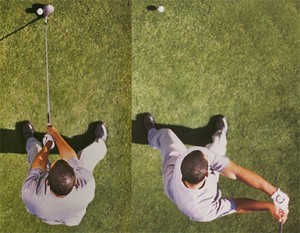Where is the source of my Knee Pain?
Many times the source of your knee pain is not the painful knee. The knee is often a reflection of the mobility and stability you have in your ankle and hip. Weakness, tightness and the inability to effectively control the muscles in your ankle and hip can lead to an overload of the structures surrounding the knee. In addition, inability to stabilize your pelvis and core can also add more stress. There are many parts of the body that must work together so that one area doesn’t overload.
At Form & Function we take a comprehensive approach to not only examine the painful site, but to look for other contributing factors that will lead to the overload of the structure in question. If you would like more info about your injury please contact us. Mention that you read the health tip on our blog and we will provide you with a free 15 min consult with our Chiropractor, Dr. Paul Oh.
(905) 604-9355 | reception@formfunctionclinic.com


